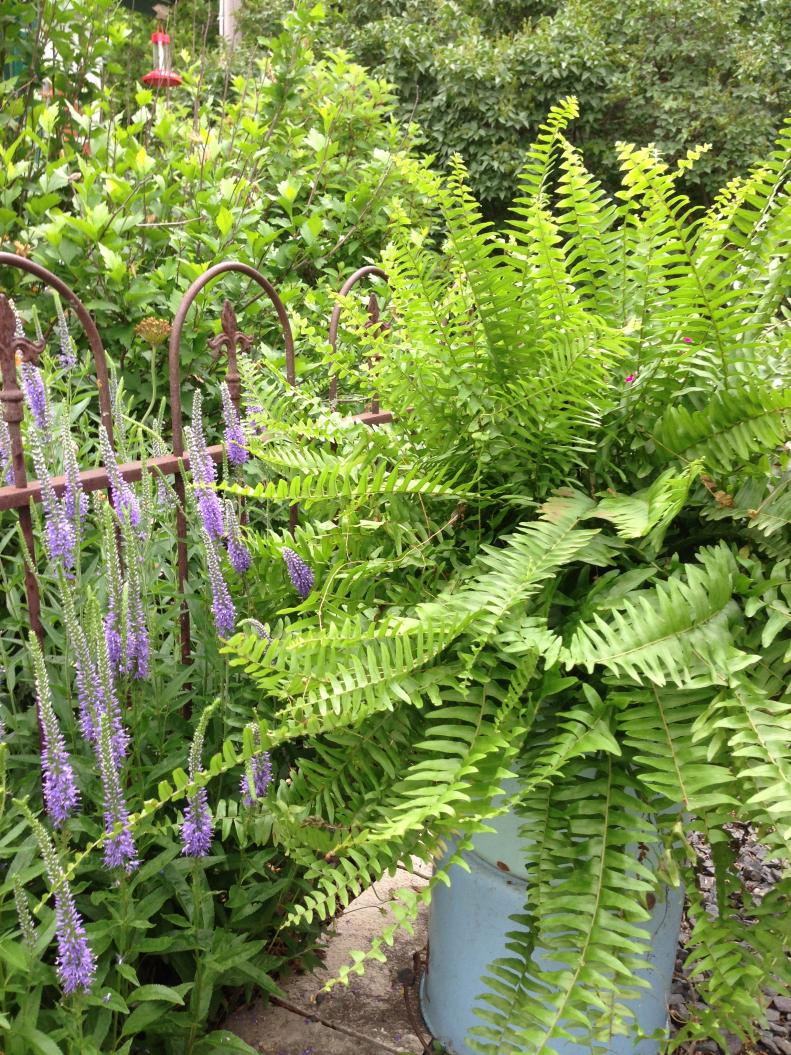1 / 16
Photo: Shutterstock
Ferns Add Welcome Greenery Indoors or Out
Ferns add a lush look to lawns and gardens and add beautiful greenery to indoor spaces. Some types of ferns can thrive indoors and outdoors, like tough Boston ferns, which can hang on your porch until the temperatures drop and then overwinter in your home. If you're only looking for houseplants, consider Kimberly Queen ferns and silver brake ferns. They're some of the best ferns to grow indoors, happy in bright, indirect light.
If you're seeking outdoor ferns, try a bed of eye-catching ostrich ferns or Japanese painted ferns. Tall ferns make great backdrops for shorter flowers and foliage that also love the shade. Read on to find more types of ferns you'll want to grow.









